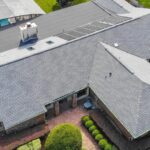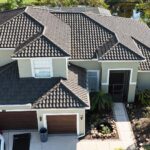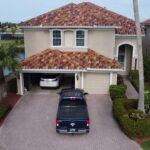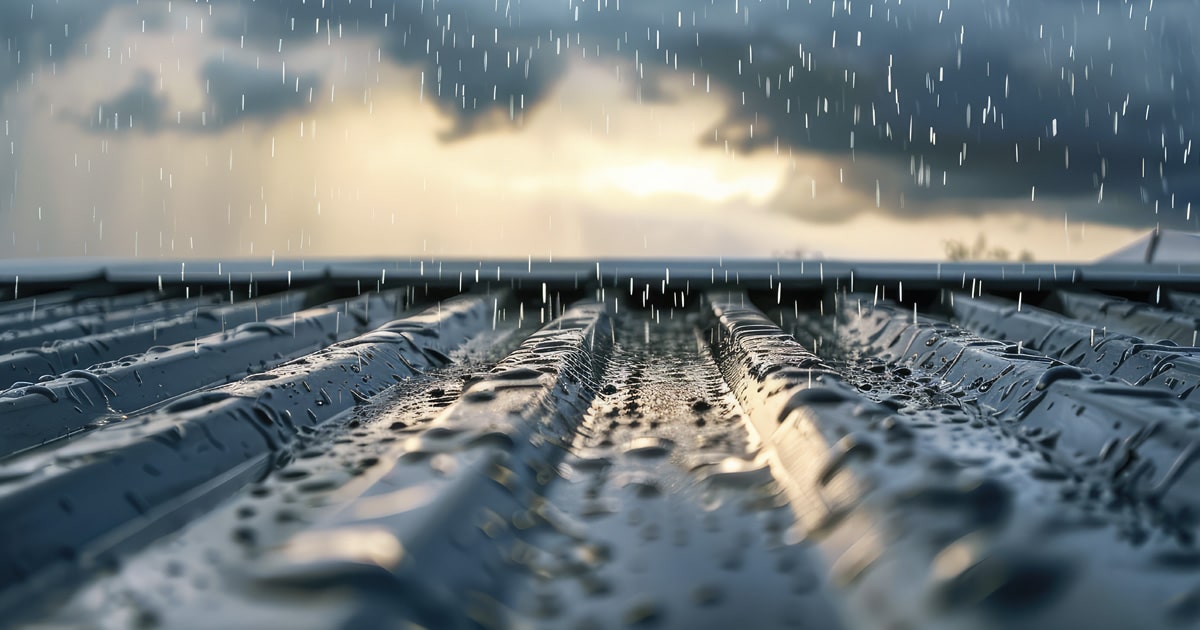In Central Florida, the combination of hurricanes, tropical storms, and severe thunderstorms presents a unique challenge for homeowners. The region’s unpredictable weather patterns make storm-resistant roofing an essential investment for anyone looking to protect their home. With the right materials and professional installation, storm-resistant roofing can safeguard your property against wind, rain, hail, and flying debris, ensuring that your home remains intact during the most severe weather events.
This article will explore the best storm-resistant roofing options in Central Florida, including materials, installation practices, and cost considerations. We’ll also address the most commonly searched local SEO terms for storm-resistant roofing, helping you understand what makes a roof resilient and how to find the best roofing contractors in the area.
1. Introduction to Storm-Resistant Roofing in Central Florida
Central Florida’s subtropical climate makes it vulnerable to extreme weather events such as hurricanes, heavy thunderstorms, and tornadoes. The Atlantic hurricane season, from June to November, poses significant risks, with strong winds, torrential rains, and hail capable of causing widespread damage. Given this high exposure to intense weather, homeowners in the region must prioritize durable, storm-resistant roofing solutions to protect their homes.
Storm-resistant roofing in Central Florida is engineered to withstand winds up to 150 mph or more, resist impact from debris, and effectively shed water to prevent leaks. With the right materials and installation, your roof can serve as the first line of defense against the destructive forces of nature.
2. Best Roofing Materials for Central Florida Storms
When choosing the best storm-resistant roofing materials for your home in Central Florida, it’s essential to consider their durability, cost, and how they handle high winds, heavy rainfall, and impact from debris.
Impact-Resistant Asphalt Shingles
Asphalt shingles are a popular choice in Central Florida because they are affordable and offer a good level of protection when upgraded to impact-resistant varieties. These shingles are reinforced with fiberglass or polymers, providing better durability and wind resistance. Look for asphalt shingles with a wind resistance rating of 130 mph or higher, such as those that meet the Miami-Dade County product approval standards.
Metal Roofing for High Winds
Metal roofing is one of the most storm-resistant materials available, withstanding winds up to 160 mph or more. It is particularly effective against the strong gusts Central Florida often experiences during hurricanes. Metal roofs are also fire-resistant, energy-efficient, and require minimal maintenance over their long lifespan, making them an ideal option for Florida homes.
Concrete and Clay Tiles
Concrete and clay tiles offer exceptional durability and can withstand high winds and heavy impacts. These tiles are commonly used in Florida for their ability to resist heat and their longevity, often lasting 50 years or more. However, they are heavier than other materials, and homeowners must ensure their roofing structure can support the additional weight.
Synthetic Roofing Materials
Synthetic roofing materials, including polymer-modified shingles and composite tiles, are becoming increasingly popular in Florida. These materials mimic the appearance of natural materials like wood, slate, or clay but offer better storm resistance and impact durability. They are lightweight, reducing stress on the roofing structure, and often come with high wind ratings, perfect for Central Florida’s stormy conditions.
3. Local Building Codes and Regulations
In Florida, building codes are among the strictest in the country due to the frequency of severe storms and hurricanes. Florida Building Code (FBC) regulations dictate the minimum wind load requirements and roofing standards, ensuring that homes are equipped to handle extreme weather conditions. Before selecting your storm-resistant roofing materials, check that they comply with Miami-Dade County or Florida Product Approval standards—the highest in the state for wind and impact resistance.
Hiring a roofing contractor familiar with these codes ensures your installation will meet local regulations, which can also help reduce your homeowner’s insurance premiums.
4. Wind Resistance Ratings and Roof Design
The wind resistance of a roof is determined by its material, design, and installation quality. The two most critical factors for storm-resistant roofing in Central Florida are wind uplift ratings and roof edge securement.
Wind Uplift Ratings
Wind uplift occurs when air pressure from high winds causes roofing materials to lift away from the structure. Roofing materials should have a wind resistance rating that meets or exceeds the typical hurricane-force winds in Central Florida. Metal roofs, synthetic shingles, and impact-resistant asphalt shingles are particularly effective at preventing wind uplift.
Roof Slope and Edge Securement
The slope and design of your roof play a role in wind resistance. Steeper slopes can help deflect wind forces, while properly secured roof edges prevent wind from getting underneath the roofing materials. Roofing professionals in Central Florida often recommend installing hurricane straps and reinforced fasteners to keep the roof firmly attached to the structure during severe storms.
5. Storm-Resistant Roofing Installation Best Practices
Proper installation is just as important as material selection when it comes to storm-resistant roofing. The following best practices help ensure that your roof can withstand Central Florida’s extreme weather:
Roof Deck Reinforcement
Strengthening the roof deck with thicker plywood or additional layers can enhance the roof’s ability to resist wind uplift and debris impacts. Contractors should also use hurricane clips or straps to secure the roof to the house’s structure.
Proper Fastening and Adhesives
Ensuring that shingles or tiles are fastened using the correct number of nails and adhesives prevents them from being torn away by strong winds. Specialized sealants and adhesives help keep roofing materials in place, even during Category 4 and 5 hurricanes.
Ridge Vent and Roof Edge Protection
Roof edges are the most vulnerable part of any roofing system during high winds. Contractors in Central Florida often install reinforced roof edges, which include metal flashing and adhesive strips to secure the perimeter of the roof.
6. Cost of Storm-Resistant Roofing in Central Florida
The cost of installing storm-resistant roofing in Central Florida varies depending on the materials used, the size of the roof, and the complexity of the installation.
Material Costs
- Asphalt shingles: $5,000 – $8,000 for a typical home.
- Metal roofing: $10,000 – $15,000.
- Concrete or clay tiles: $15,000 – $25,000.
- Synthetic roofing: $12,000 – $18,000.
Labor and Installation Expenses
Labor costs in Central Florida typically range from $4 to $7 per square foot, with complex roof designs and heavier materials increasing the overall cost.
Long-Term Savings and Insurance Premium Reductions
While storm-resistant roofing can be more expensive upfront, many insurance companies offer discounts for homeowners who install hurricane-proof roofs. Over time, these savings can offset the initial investment, making storm-resistant roofing a financially smart choice.
FAQs
- What type of roof is best for hurricanes in Central Florida? Metal roofing and impact-resistant asphalt shingles are highly recommended for Central Florida due to their ability to withstand high winds and debris impact.
- How much does storm-resistant roofing cost in Central Florida? Costs can range from $5,000 to $25,000 depending on the material, labor, and roof size.
- Can storm-resistant roofs reduce my insurance premiums? Yes, many insurance companies offer discounts for homes with hurricane-rated roofing.
- How long do storm-resistant roofs last? Depending on the material, storm-resistant roofs can last anywhere from 25 to 50 years or more with proper maintenance.
- Is metal roofing a good option for Florida storms? Absolutely. Metal roofing is one of the best materials for withstanding high winds and is highly durable against storms.
- What is the best way to maintain a storm-resistant roof? Regular inspections, especially after storms, and prompt repairs are essential for maintaining the effectiveness of a storm-resistant roof.
Installing a storm-resistant roof is one of the best ways to protect your home from Central Florida’s extreme weather. Whether you choose impact-resistant asphalt shingles, metal roofing, or synthetic materials, ensuring that your roof complies with local building codes and is installed by a reputable contractor will provide peace of mind and long-term savings.














